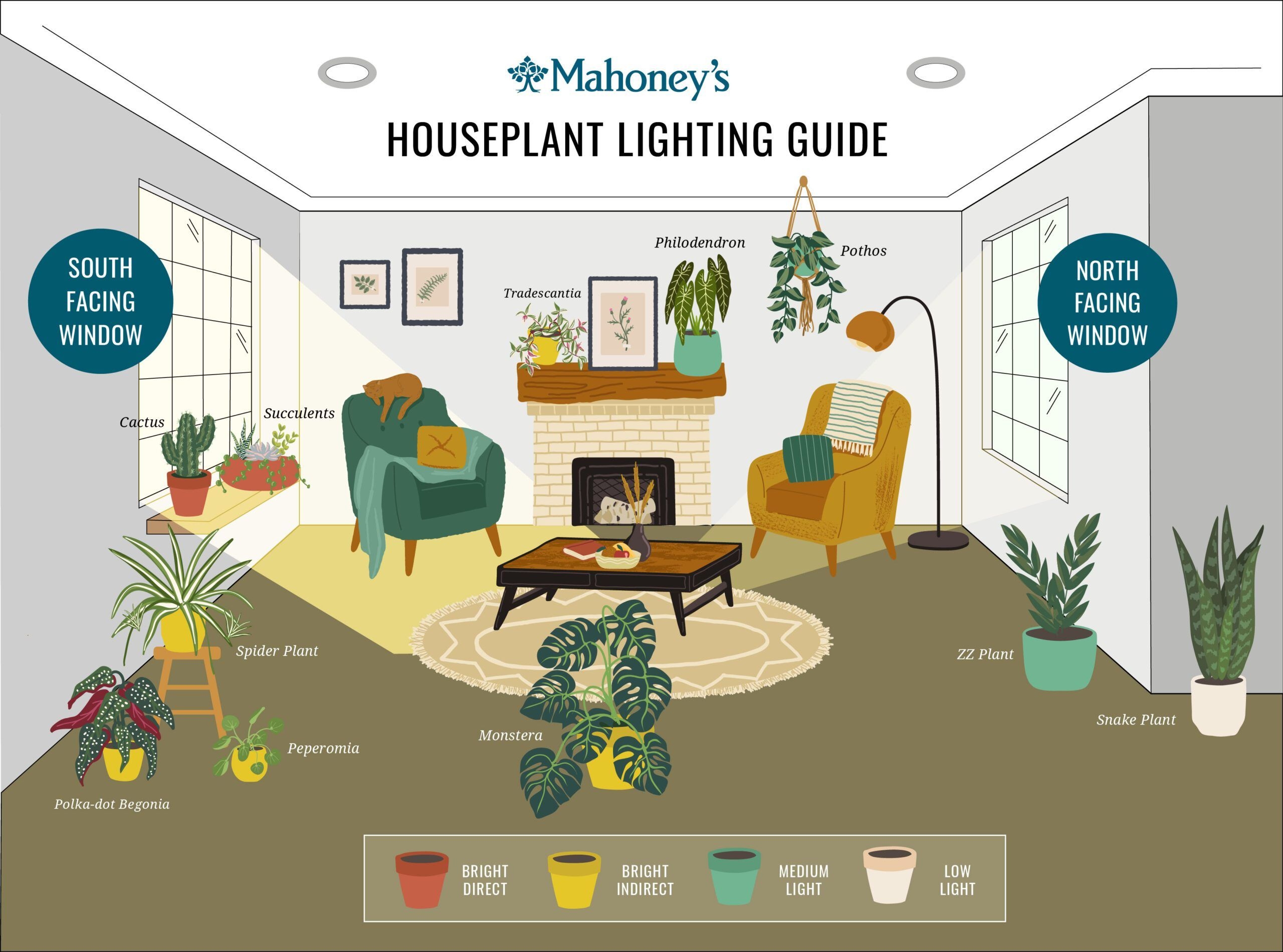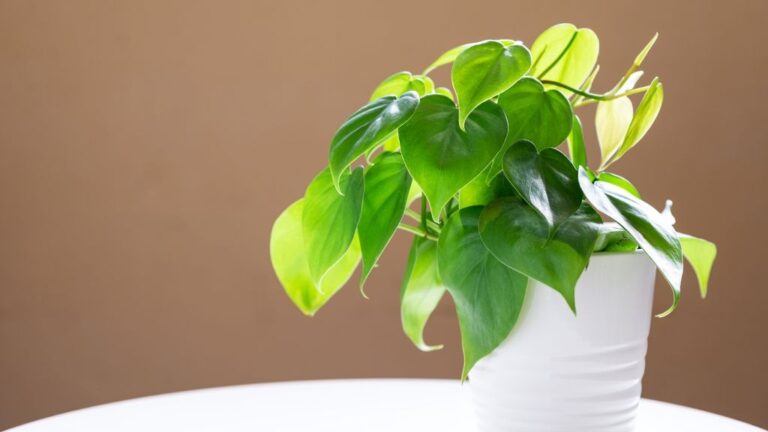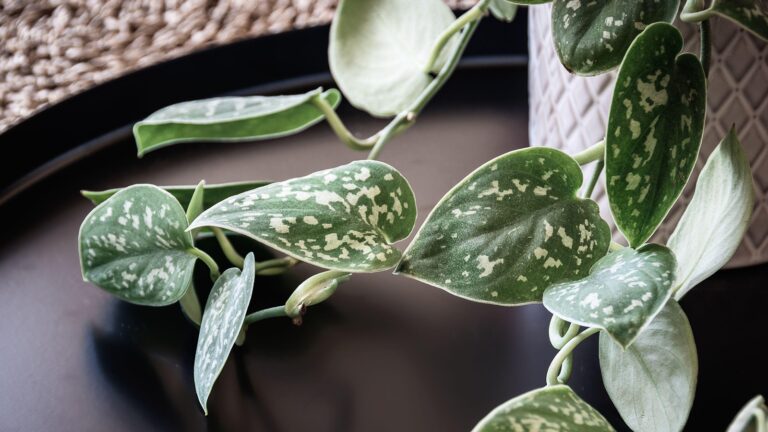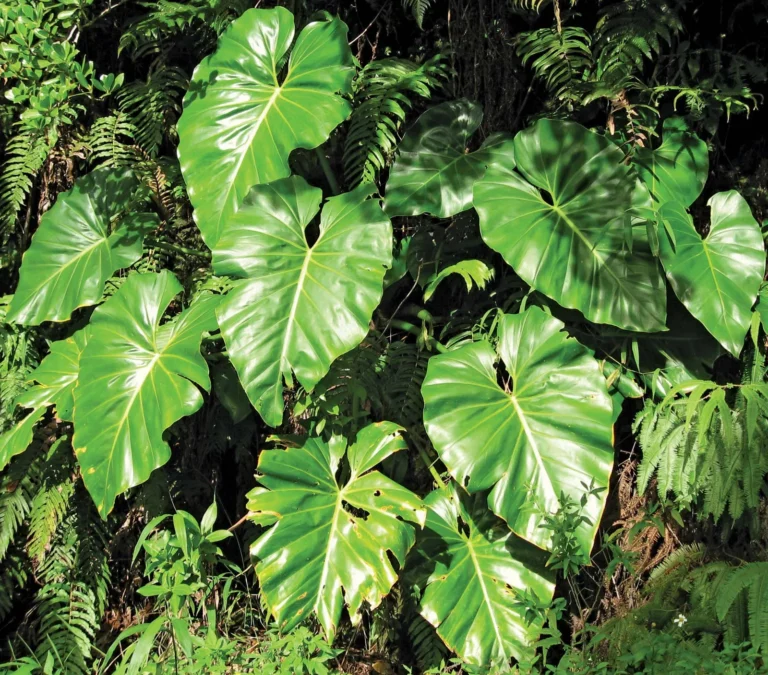Philodendron Light Requirements: Complete 400+ Lux Guide with Species Charts
What if your struggling Philodendron could transform into a thriving centerpiece with just one simple light adjustment? The secret isn’t more light—it’s the precise lux level your specific variety actually needs.
Imagine walking into your home to find your Philodendron’s leaves dramatically larger, colors more vibrant, and new growth appearing weekly. The difference between a surviving plant and a thriving spectacle often comes down to understanding one critical factor: precise light measurements rather than vague “bright indirect” descriptions.
While most guides offer generic advice, your Philodendron actually requires specific foot-candle ranges, PPFD measurements, and seasonal adjustments that vary dramatically between species. A Pink Princess needs dramatically different light than a Heartleaf, and getting these specifics wrong explains why even experienced plant parents struggle with leggy growth, faded variegation, or mysterious leaf drop.
The Science Behind Philodendron Light Requirements
Philodendrons evolved beneath dense rainforest canopies, where light filters through multiple layers of vegetation. This environment creates consistent 200-400 foot-candle conditions with minimal direct sun exposure. Understanding this natural habitat reveals why your bathroom window might be perfect for one species while completely inadequate for another.
Light intensity directly impacts photosynthesis efficiency, leaf size, and variegation stability. Research demonstrates that climbing philodendrons grown with proper vertical support develop leaves 300-500% larger than unsupported specimens when receiving optimal light. Heart-leaf philodendron leaves typically expand 10-20 cm without support, but exceed 30+ cm when allowed to climb with adequate lighting.
Key Light Measurements Explained:
Foot-candles (FC): Traditional measurement of visible light intensity
Lux: Metric equivalent (1 foot-candle = 10.76 lux)
PPFD (μmol/m²/s): Photosynthetic photon flux density, measuring usable light for plants
DLI (mol/m²/day): Daily light integral, total photosynthetic light received over 24 hours
Species-Specific Light Requirements Chart
Different Philodendron species have evolved varying light tolerance levels. Here’s the precise data you need:
Climbing Varieties (Vining Philodendrons)
| Species | Minimum FC | Optimal FC | PPFD Range | DLI Target |
|---|---|---|---|---|
| Heartleaf (hederaceum) | 50 | 200-400 | 40-80 μmol | 4-8 mol/day |
| Brasil | 75 | 250-450 | 50-90 μmol | 5-9 mol/day |
| Micans | 100 | 300-500 | 60-100 μmol | 6-10 mol/day |
| Pink Princess | 150 | 400-600 | 80-120 μmol | 8-12 mol/day |
Self-Heading Varieties (Non-Climbing)
| Species | Minimum FC | Optimal FC | PPFD Range | DLI Target |
|---|---|---|---|---|
| Gloriosum | 200 | 400-700 | 100-150 μmol | 10-15 mol/day |
| Prince of Orange | 150 | 350-550 | 75-110 μmol | 7-11 mol/day |
| Imperial Red | 100 | 300-450 | 60-95 μmol | 6-9 mol/day |
| Moonlight | 125 | 325-475 | 65-100 μmol | 6-10 mol/day |
Rare/Variegated Varieties
| Species | Minimum FC | Optimal FC | PPFD Range | DLI Target |
|---|---|---|---|---|
| White Knight | 300 | 500-800 | 120-160 μmol | 12-16 mol/day |
| Strawberry Shake | 250 | 450-750 | 110-145 μmol | 11-15 mol/day |
| Florida Beauty | 200 | 400-650 | 95-130 μmol | 9-13 mol/day |
Understanding Window Orientations and Natural Light
The light intensity and duration are dramatically affected by window orientation. Knowing these patterns eliminates guesswork on plant placement.
North-Facing Windows (Northern Hemisphere)
Light Quality: Indirect, consistent light throughout the year
Intensity: 100-300 foot-candles depending on obstructions
Best Species: Heartleaf, Brasil, Micans, most self-heading varieties
Seasonal Note: Great placement in summer, may require supplementation for winter
East-Facing Windows
Light Quality: Mild morning, bright indirect afternoon
Intensity: 200-500 foot-candles peak, 100-300 sustain
Best Species: Almost all Philodendron varieties grow here
Seasonal: Perfect placement for year-round with little or no modification
West-Facing Windows
Light Energy: Very bright afternoon sun and heat to build
Intensity: 300-800 foot-candles, damaging without filtration
Top Species: Diverse variegation, sun-resistant species
Critical Note: Need sheer curtains or distance 3-4 feet away from window
South-Facing Windows
Light Type: Strongest light exposure, longest duration
Intensity: 400-1000+ foot-candles
Best Species: Variegated and light-hungry varieties only
Must-Have Protection: Requires filtration with curtains or large distance separating
LED Grow Light Specifications and Placement
Natural light isn’t enough, but artificial lighting is what helps with the best growth. Below is the tech side of things that you require.
LED Grow Light Requirements
Spectrum Preferences:
- Full-spectrum white LEDs: 4000-6500K color temperature
- Red/Blue Ratio: 3:1 red to blue for developing foliage
- 10–15% green light inclusion: Canopy permeability is increased by 10–15% light
Measuring PPFD by Species:
- Low-light tolerance: 40-80 μmol/m²/s (Heartleaf, Brasil)
- Medium requirements: 80-120 μmol/m²/s (Micans, Imperial Red)
- High-light requirement: 120-160 μmol/m²/s (Variegated)
Placement Specifications:
- Distance to canopy: 12-18 inches for the majority of LED fixtures in use
- Coverage area: Make sure distribution is evenly spread across entire plant
- Timeframe: Day 12 to 16 hours per day with evenly spaced timing
- Timer recommendation: Automatic 6 AM – 8 PM
Professional Grow Light Setup
For serious collectors / difficult-environment:
Fixture Recommendations:
- Bar-style LEDs: 24-36 watts per 1m² canopy
- Panel lights: 100W for a single large specimen
- Strip lights: For shelving systems, 20W per shelf
Installation Guidelines:
- 12 inches height adjustment
- Several fixtures: Keep 18-24 inches apart for even coverage
- Reflective surfaces: Use mylar or white walls to maximize efficiency
- Ventilation: Make sure to provide sufficient airflow for ventilation to avoid heat stress
Seasonal Light Adjustment Techniques
The amount of light and duration changes quite a bit with the seasons and you need to be proactive for well-being.
Summer Light Management
Pitfalls: Stronger, longer hours, danger of becoming heat stressed
Solutions:
- Keep an eye on it daily: Watch for signs of light stress (yellowing, crispy edges)
- Increase distance: Move plants 6-12 inches further from windows
- Filter: Apply sheer curtains to south/west windows
- Plant rotation schedule: Spin the plants weekly turn-style (weekly rotation (turn plants around to remove unequal growth)
- Hydration adjustment: Increase the rate and quantity of watering at higher light exposure
If to Address Warning Signs to Act Upon Immediately:
- Browning or crispening of leaf edges
- Yellowing initiated by starting at leaves’ edges
- Leaves warm to touch during peak sun hours
- Quick wilting despite adequate soil moisture
Winter Light Optimization
Problems: Lessens energy intensity, shorter days, lower sun angles
Solutions:
- Maximize exposure: Bring plants closer to windows (within 6 inches)
- Clean windows: Eliminate screens and wash glass to get better light transfer
- Use south-facing windows — not something that has been used in the past
- Supplemental lighting – Incorporate grow lights for 12-14 hours per day
- Leaf cleaning: Wipe leaves every week of dust to increase light absorption
Species-Specific Winter Care:
- Variegated varieties – 20 to 30% more light than summer baseline
- Self-heading types: Can accept more closely oriented window placement, even a little closer
- Climbing species: Need supplemental lighting, regardless of window exposure
Variegation Maintenance Through Precise Light Control
Variegated Philodendrons have a distinct challenge as a result of the decreasing chlorophyll content. Knowledge of the science of variegation will avoid common errors.
Light Needs for Variegated Varieties
Principle: The light does not make variegation without genetic potential, but under insufficient light reversion to green happens.
Optimal Light Levels:
- PPFD: 120 μmol/m²/s
- Duration: 14-16 hrs/day on active growth
- Conformity: Do not drastically change light levels
Species-Specific Variegation Requirements:
- Pink Princess: 400-600 foot-candles give pink appearance
- White Knight: 500-800 foot-candles to prevent green dominance
- Strawberry Shake: At 450-750 foot-candles is a good choice for good variegation
Preventing Reversion
Early Green Growth Actions:
- Increase light intensity by 25-50%
- Completely prune solid green stems
- Keep watering the same watering schedule
- Decrease nitrogen fertilizer supply
- Track new green growth weekly
Common Reversion Triggers:
- Extended periods below 100 foot-candles
- Dramatic temperature fluctuations
- Excessive fertilization with high nitrogen products
- Limitation of nutrient uptake by root-bound conditions
Advanced Variegation Care
Lighting Strategy: Opt for full spectrum LEDs and focus on blue wavelengths (400-500 nm) to aid chlorophyll development in green tissue and also protect the pale areas.
Environmental Controls:
- Temperature: 65–80°F for proper variegation stability
- Humidity: >50% to prevent leaf stress
- Air circulation: Create a gentle airflow to avoid fungal issues
Detecting and Healing from Light Stress
Detecting light stress early will stop irreparable impact, and allow rapid resolution. Here’s a breakdown of both finding excess and insufficient light and the best approach to solving your energy issues.
Symptoms of Excessive Light Stress
Signs (Address in less than 24-48 hours):
- Leaf temps: At the peak light hours, they feel warm to touch
- Color changes: Gradual yellowing beginning from leaf edges
- Texture changes: Thin or papery leaves
- Growth trends: New leaves grow smaller than before
Very Light Damage (Wants to be treated now):
- Sunburn spots: There are brown or white crispy areas on leaf surfaces
- Leaf drop: Abrupt removal of healthy-seeming leaves
- Discoloration of the stem: Browning or reddening of petioles and stems
- Stop Growth: The complete stoppage of new leaf production
Recovery protocol for light injury:
- Move plant to an area with up to 50% less light
- Increase humidity: Above 60%, reduce stress
- Leaf examination: Clean up severely damaged leaves with sterile implements
- Watering modification: Continue watering only a little bit until new growth appears
Insufficient Light Symptoms
Indicators (Which are Often unnoticed):
- Internode elongation: Leaves grow long in space between each other, resulting in a “leggy” appearance
- Leaf reduction: New growth size smaller than mature leaves
- Reduced color intensity: Paler or yellower shades of dark green
- Orientation changes: Leaves turn dramatically toward light sources
Severe Light Deprivation (needs intense treatment):
- Total plant suppression: There are no fresh leaves for 6 or more weeks during the growing season
- Abscission of leaves: Yellowing and premature dropping of old leaves
- Stem weakening: Petioles get thin and can no longer support leaf weight
- Root collapse: Visible root rot with less water/nutrient uptake
Recovery Process from Loss of Light:
- Gradual light increase: Increase light intensity by 25% weekly to prevent shock
- Placement: Position within 6 inches or less from suitable light source
- Adding support: Get stakes or trellis when stems are weak
- Support New Growth: Provide diluted balanced fertilizers to facilitate new growth
- Patience period: Recovery for visible improvement can take 4-8 weeks
Advanced Light Measurement Techniques
Quality light measurement not only removes all guesswork and allows accurate results in different environments and makes one able to be consistent in all manner of conditions.
Using Light Meters Effectively
Recommended Tools:
- Simple foot-candle meter – Dr.Meter LX1330B or equivalent ($30-50)
- The advanced PAR meter is Apogee MQ-500 or equivalent ($300-400)
- Smartphone apps: Photone, Korona (good accuracy for most users)
Measurement Protocol:
- Position sensor: Place at leaf level; angled toward the primary light source
- Measuring on the fly: Measure readings at 8 AM, 12 PM, and 6 PM
- Seasonal monitoring: Track average weekly ranges and weekly numbers to see trends
- Species Comparison: Record optimal amounts for every type of species
Daily Light Integral (DLI) Calculating Daily Light Integral (DLI)
Formula: DLI = PPFD × Light Hours × 0.0036
(Example) 100 μmol/m²/s × 12 hours × 0.0036 = 4.3 mol/day
Target DLI by Species Category:
- Low-light tolerant: 4-8 mol/day
- Standard varieties: 8-12 mol/day
- Variegated/rare species: 12-16 mol/day
Diagnosing and Troubleshooting Common Light Problems
More grown-up plant parents also face light-induced troubles. Here’s how to fix the most common issues:
Rapid Leggy Growth
Diagnosis: Insufficient light leading to etiolation
Solution: Increase light intensity by 100% rapidly, and then keep it consistent
Loss of Variegation in Pink Princess
Diagnosis: Too low light levels to support pink tissue
Solution: 500+ foot-candles with pruning green reversion immediately
Brown Leaf Edges Even with Enough Water
Diagnosis: Excessive light causing cellular damage
Solution: Decrease light by as much as 30-50%, increase humidity
No New Growth for 6+ Weeks
Diagnosis: Light levels below the photosynthetic threshold
Solution: Measure actual light levels and increase to species-appropriate range
Conclusion: Achieving Optimal Light Conditions
To be able to achieve the best light conditions for your Philodendron collection you will need to pick precise measurements instead of vague descriptions. By using these precise foot-candle ranges, PPFD readings, and seasonal adjustments, you will turn struggling plants into productive specimens that will become the centerpiece of your indoor garden.
The challenge is in how to adapt to each species using their selective evolutionary adjustments and not losing the ability to adapt to season and weather. Your Philodendrons will support this accuracy with explosive growth and vibrant colors, along with high physical functioning that creates these tropical beauties’ stunning beauty.
Key Sources:
Philodendron Light Requirements | Intuitive Plants
Philodendron Light Requirements – Flora
Variegation Explained: Why Light Doesn’t Create Variegated Leaves | Foliage Factory
Light Requirements for Plants: Find Your Plant’s PPFD and DLI
Philodendron Complete 101 Guide | Root Houseplants
Lighting for Indoor Plants | University of Minnesota Extension
Daily Light Integral Measurement Guide | Rare Plant Fairy
Philodendron Pink Princess Care | AroidWiki
Bright Indirect Light Requirements by Plant Type | House Plant Journal
Grow Lights for Indoor Plants: Setup, Spectrum, Success | Foliage Factory







